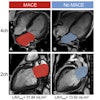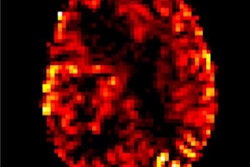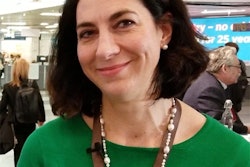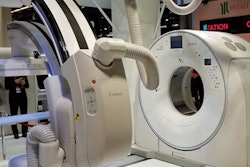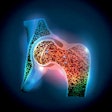Dear Advanced Visualization Insider,
From stroke evaluation on MRI to breast cancer screening with digital breast tomosynthesis, 3D imaging has bolstered the value of numerous conventional imaging modalities in healthcare.
In this edition's Insider Exclusive, researchers from Spain detail how they used a 3D reconstruction technique to improve upon the standard method for identifying osteoporosis -- examining data from dual-energy x-ray absorptiometry exams -- ultimately enhancing risk prediction for hip fracture.
3D imaging has served as the cornerstone of other innovative visualization methods as well. A prime example is 3D printing, which continues to show potential in a wide variety of clinical applications.
- Researchers from the University of California, San Francisco used 3D printing to create custom-fit glasses frames for children with craniofacial defects based on their CT scans.
- A group from China used 3D-printed liver models to improve the efficiency of living donor transplants while also reducing patient costs.
- International investigators discussed the growing role of 3D printing in the management of ear, nose, and throat conditions in a comprehensive systematic review.
When combined with 4D flow MRI, 3D printing offers the added benefit of facilitating complex procedures for patients with congenital heart disease, say researchers from California. They describe their experience using a combination of both modalities to restore proper blood flow to a 10-year-old patient in a recent case study.
Cinematic rendering, or global illumination, also has proved to be beneficial in several unique cases. Radiologists from Brigham and Women's Hospital, for example, uncovered an unexpected and rare condition by examining the cinematically rendered CT scans of a patient with traumatic brain injury.
The perpetual progression of these and similar advanced visualization technologies presents radiologists with the opportunity to increase their standing in the future of medicine, according to physicians from the Netherlands, Sweden, and the U.K. In particular, they emphasized the importance of getting involved with the ongoing integration of virtual reality and augmented reality into medicine during a special session at ECR 2019.
For more on the latest news and research in this field, head over to the Advanced Visualization Community at AuntMinnie.com.


